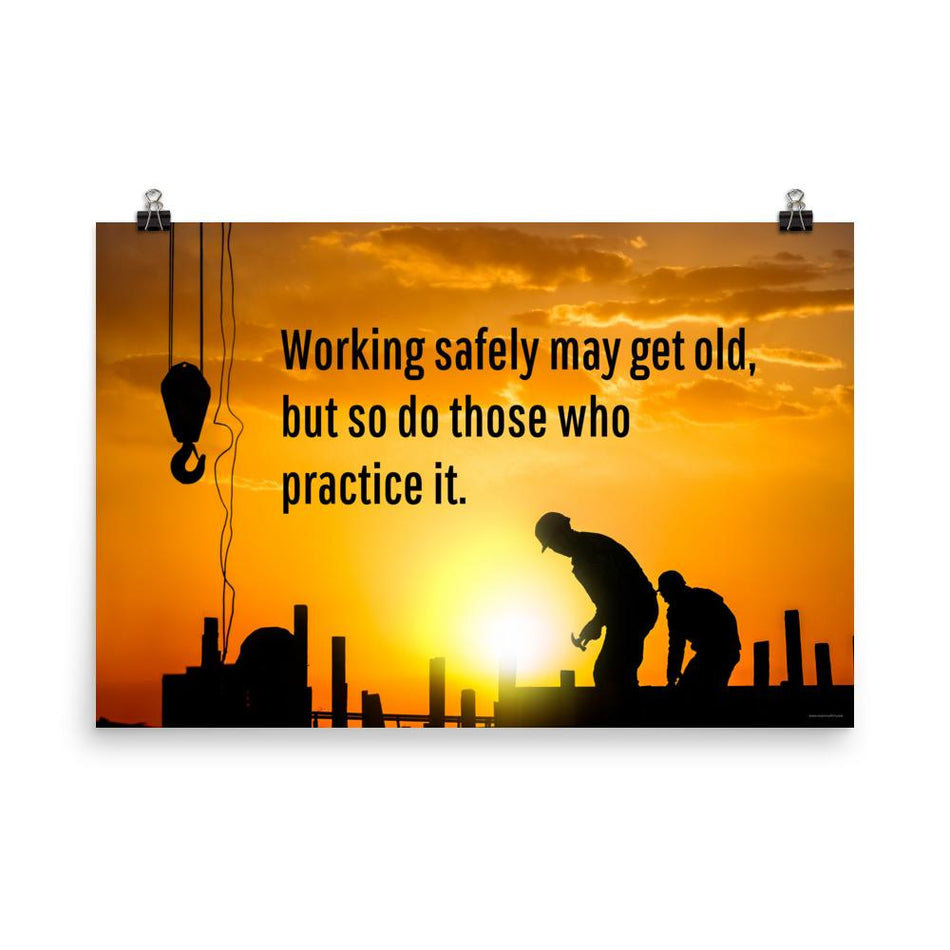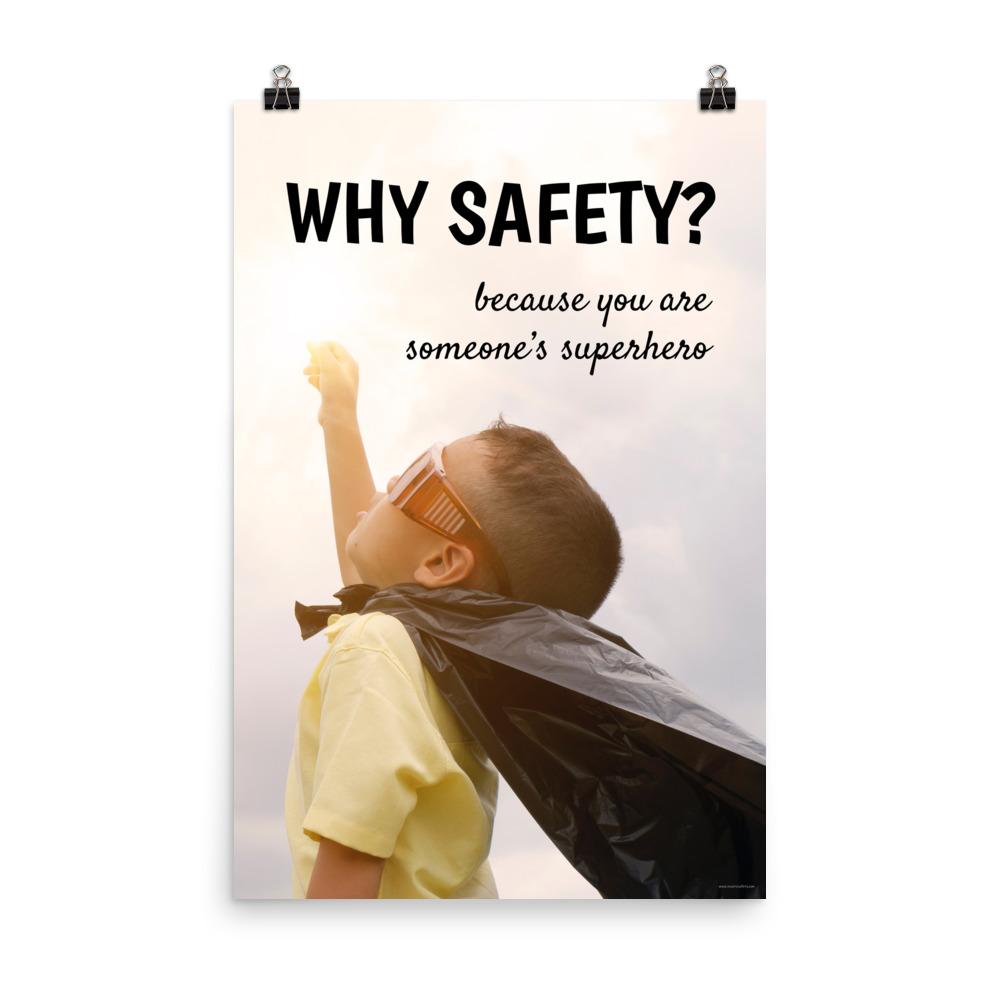Building a robust culture of workplace safety and health isn’t something that happens overnight, nor can it be achieved by a simple management directive. It requires active engagement from employees and a shared commitment to an approach that values their insights and prioritizes their well-being. When workers are genuinely involved in shaping safety and health initiatives, they transform from merely following rules to becoming essential contributors to a safer work environment.
When management actively encourages worker participation in safety and health programs, it sends a clear message that their input is valued.
True worker involvement means that employees actively participate in every stage of the safety and health program—from its establishment and operation to its evaluation and improvement. This involvement should extend to all workers, including those employed by contractors, subcontractors, and temporary staffing agencies.
Workers often have the best understanding of the hazards associated with their roles. Effective safety and health programs leverage this knowledge, recognizing that workers stand to benefit the most from a successful program—and lose the most if it fails.
In a strong safety and health culture, all workers are encouraged to participate and should feel comfortable offering input and reporting any safety or health concerns. For this to happen, workers need access to information about the program, as well as the time and resources necessary to engage in all phases of program design and implementation. It is crucial that workers feel safe from retaliation when raising safety issues, reporting incidents, or participating in the program.
For workplaces with union representation, it’s equally important that union representatives are included in the program, in line with the rights provided under the Occupational Safety and Health Act of 1970 and the National Labor Relations Act.
Encouraging Worker Participation In Safety and Health Programs
When management actively encourages worker participation in safety and health programs, it sends a clear message that their input is valued. Workers need the time and resources to contribute meaningfully. Leadership should adopt an open-door policy that welcomes workers to discuss safety and health issues openly. Acknowledge and reward employees who provide suggestions and actively participate in the program.
Workers are often the first to spot safety and health concerns or identify program shortcomings, such as emerging hazards, unsafe conditions, near misses, or actual incidents. Encouraging prompt reporting and addressing these issues quickly can prevent accidents and illnesses.
Establish a clear process for workers to report injuries, illnesses, near misses, hazards, and other safety concerns, and ensure that reports are handled swiftly. Offering anonymous reporting options can help reduce any reluctance to report.
Under OSHA’s injury and illness recordkeeping rule (29 CFR 1904), employers must create a “reasonable” procedure for employees to report work-related injuries and illnesses promptly and accurately. This procedure should not discourage or deter accurate reporting.
Management should regularly update workers on actions taken in response to their concerns and suggestions. Emphasize that the information provided will only be used to improve workplace safety and health and assure workers that they will not face retaliation for reporting concerns.
Empower all workers with the authority to halt any work activity they believe to be unsafe. When safety issues arise, involve workers in finding solutions and implementing controls.
Providing Access to Safety and Health Information
Sharing relevant safety and health information with workers fosters trust and helps organizations make more informed decisions. Workers should have the information they need to understand workplace hazards and the measures in place to control them.
OSHA standards require employers to make certain types of information available to workers, such as safety data sheets (SDS), injury and illness data, or results of environmental exposure monitoring.
Additional useful safety information might include completed job hazard analyses, manufacturer safety recommendations for chemicals and equipment, workplace inspection reports, and incident investigation reports.
While it’s important for workers to access relevant safety and health information, any data involving personal identifiers should be redacted or aggregated in reports to protect privacy.
Involving Workers in All Aspects of the Safety and Health Program
Including workers in every step of the safety and health program—from design to implementation—enhances the organization’s ability to identify and address workplace hazards, fosters a sense of ownership among workers, and helps sustain the program over time.
Provide opportunities for workers to participate in all aspects of the program. They can play a vital role in developing the program and setting meaningful goals.
What does meaningful worker participation look like? While workers may not be solely responsible for certain tasks, they can certainly assist in various ways, including:
- Developing the safety and health program and setting goals
- Reporting hazards, developing solutions, and implementing controls
- Analyzing hazards in routine and nonroutine tasks
- Defining and documenting safe work practices
- Conducting site inspections
- Developing and revising safety procedures
- Participating in incident and near-miss investigations
- Training current workers and new hires
- Developing, implementing, and evaluating training programs
- Evaluating program performance and suggesting improvements
- Participating in exposure monitoring and medical surveillance for health hazards
By involving workers in these tasks, organizations can tap into their firsthand experience with daily operations, making them invaluable in analyzing risks and developing effective safety procedures.
Workers should also be involved in documenting safe work practices and periodically evaluating the program’s performance. Allow them to identify areas for improvement and assist in revising the program to ensure it remains effective and relevant.
In addition, involve workers in site inspections and investigations of incidents and near misses. Their participation in exposure monitoring and health hazard surveillance is also crucial.
Finally, engage workers in the safety training program. Beyond training themselves and their peers, they can take on more responsibility by helping to develop, implement, and evaluate these programs.
Removing Barriers to Participation
To ensure meaningful participation, workers must feel that their input is valued, that they are heard, and that they have access to reporting mechanisms. Participation can be stifled if language, education, or skill barriers are not addressed, or if workers fear retaliation or discrimination.
Make sure that workers at all levels can participate in the safety and health program. Provide regular feedback to demonstrate that their concerns are being taken seriously and addressed.
Empower all workers with the authority to halt any work activity they believe to be unsafe.
Incident investigations should focus on identifying the underlying conditions that led to the incident rather than placing blame on individuals.
Incentive programs should be designed to encourage reporting rather than discourage it. Effective safety and health programs reward positive safety behaviors, such as reporting hazards or suggesting safer work practices.
By promoting a blame-free culture that focuses on root causes and positive reinforcement for proactive safety behaviors, organizations can further encourage worker participation.











